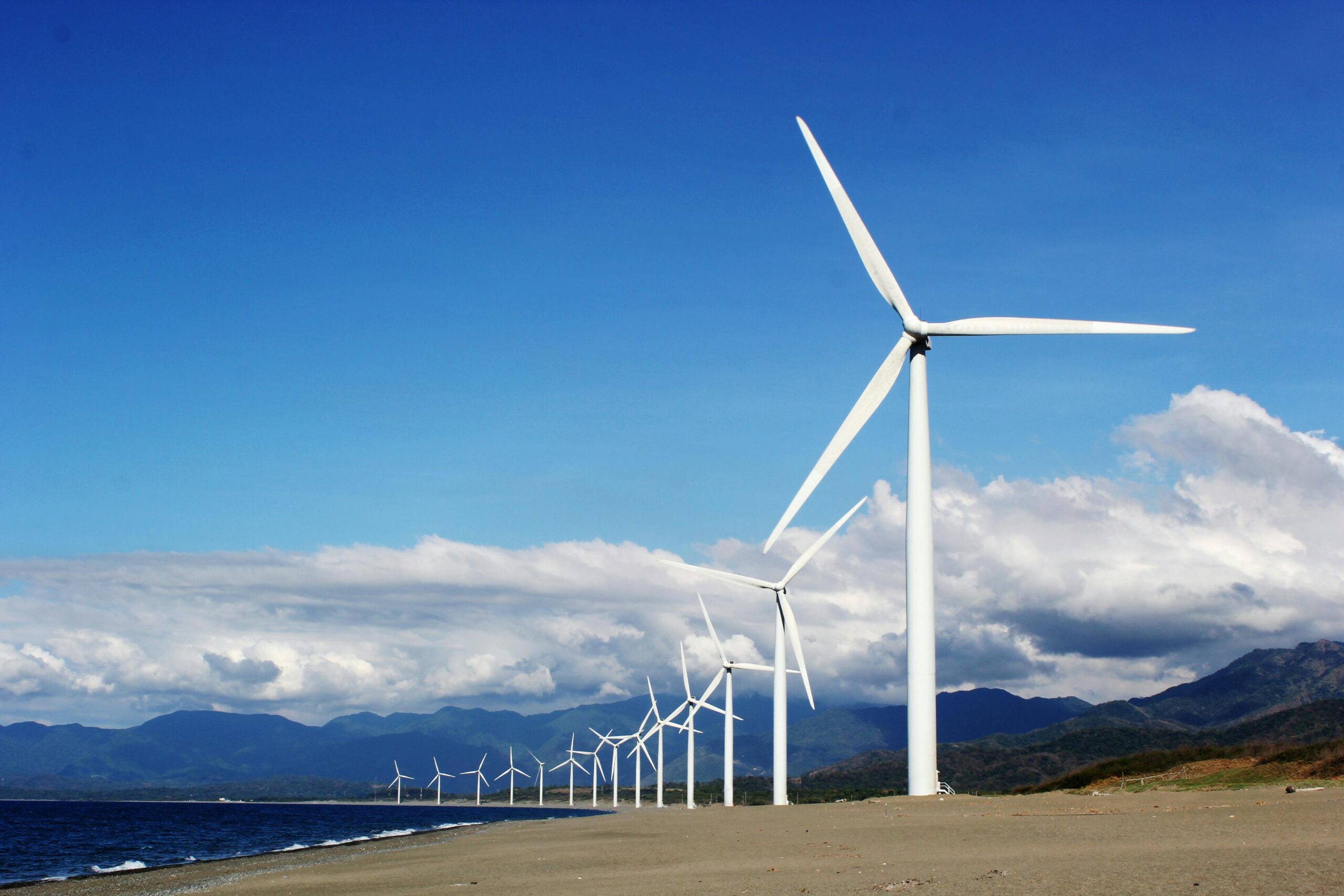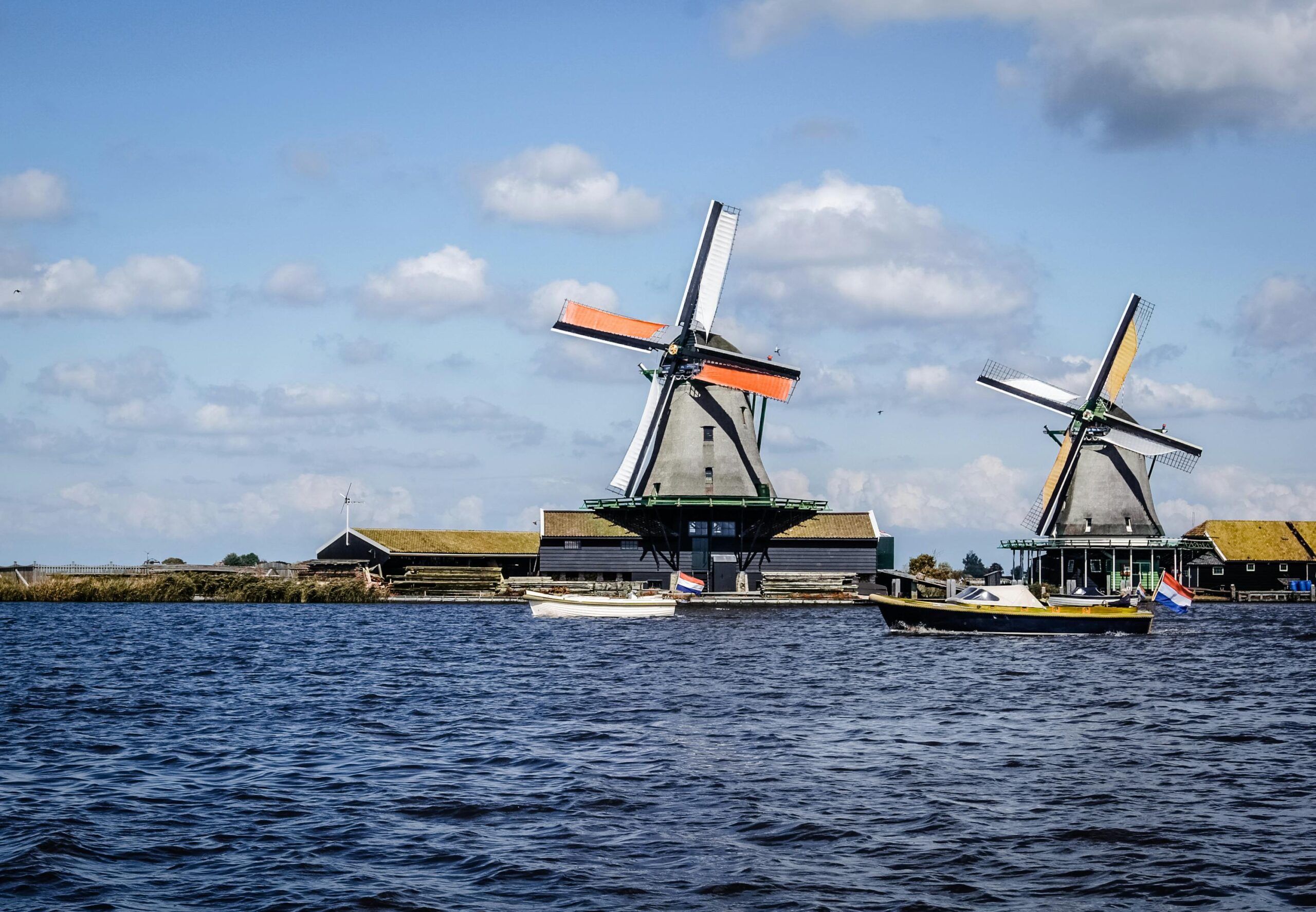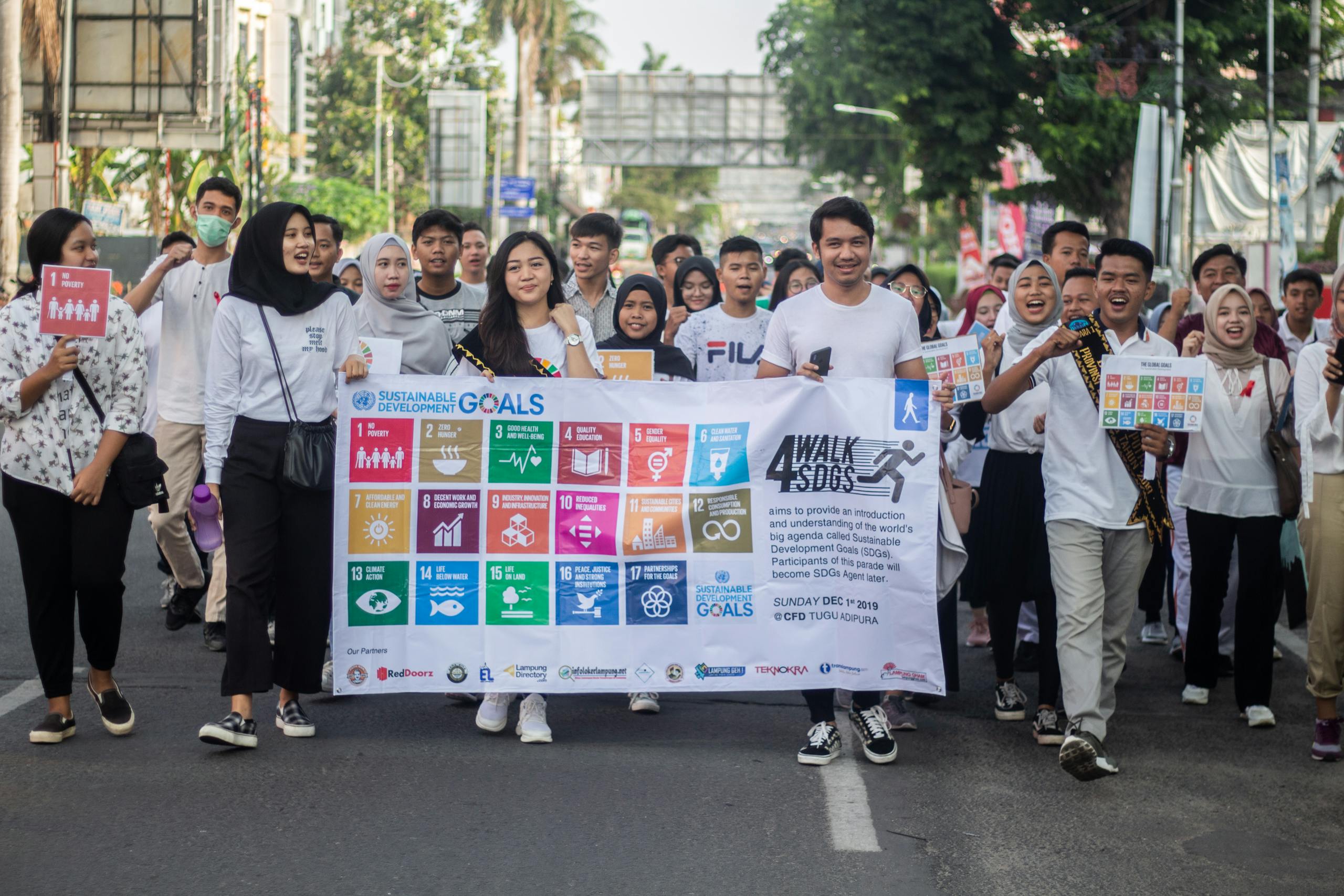Introduction
Costa Rica has become a global leader in renewable energy, consistently generating nearly 100% of its electricity from renewable sources. This Central American nation, known for its rich biodiversity and strong environmental policies, has set an example for the world by leveraging hydropower, wind, solar, and geothermal energy. This article explores Costa Rica’s transition to clean energy, the key factors behind its success, and the lessons that other nations can learn.
The Road to 100% Renewable Energy
The Energy Mix
Costa Rica’s electricity generation is primarily sourced from:
- Hydropower: Around 70% of the country’s electricity comes from hydroelectric plants, thanks to abundant rivers and rainfall.
- Wind Power: Approximately 15% of electricity is generated from wind farms, primarily located in the Guanacaste region.
- Geothermal Energy: About 10% of power comes from geothermal plants, taking advantage of the country’s volcanic activity.
- Solar Energy & Biomass: The remaining portion is covered by solar and biomass energy, although these play a minor role compared to other sources.
Government Policies and Incentives
Several policies and initiatives have contributed to Costa Rica’s renewable energy success:
- State-owned Electricity Sector: The Costa Rican Electricity Institute (ICE) plays a key role in managing energy resources and ensuring a stable transition to renewables.
- Long-term Investment in Infrastructure: The government has invested in hydropower and geothermal plants since the 1960s, creating a strong foundation for renewable energy.
- Legal and Regulatory Frameworks: Laws promoting clean energy production, such as tax incentives for renewable energy projects, have encouraged further investment.
Key Factors Behind Costa Rica’s Success
Geographical and Natural Advantages
- Abundant Water Resources: Costa Rica’s heavy rainfall and numerous rivers make hydropower a reliable source of energy.
- Geothermal Potential: The country’s volcanic activity provides a consistent source of geothermal energy.
- Strong Wind Currents: Regions like Guanacaste have ideal wind conditions for generating electricity.
Political and Social Commitment
- Environmental Awareness: Costa Rica has prioritized sustainability for decades, aligning energy policies with environmental conservation.
- Public Support: Citizens generally support renewable energy initiatives, leading to minimal resistance against projects.
- Carbon Neutrality Goal: The government aims to achieve full carbon neutrality, making renewable energy a key component of national policy.
Challenges and Future Prospects
Energy Storage and Reliability
Despite high renewable energy production, Costa Rica faces challenges in energy storage and grid stability:
- Hydropower Dependence: Droughts can reduce hydropower output, requiring alternative solutions like battery storage or increased solar and wind investment.
- Limited Solar Infrastructure: While solar energy potential is high, large-scale implementation remains underdeveloped compared to wind and hydropower.
Economic and Industrial Growth
- Balancing Energy Demand: As industries grow, Costa Rica must ensure its renewable energy infrastructure can meet increasing electricity demands.
- Exporting Clean Energy: The country is exploring regional energy exports to further capitalize on its renewable resources.
Lessons for Other Nations
Costa Rica’s renewable energy transition offers valuable insights for other countries:
- Long-term Planning is Key: Decades of investment in infrastructure have been crucial to Costa Rica’s success.
- Diverse Energy Sources Ensure Stability: A mix of hydropower, wind, geothermal, and solar reduces dependency on any single source.
- Government Support and Public Awareness Matter: Strong policies and citizen support drive sustainable energy adoption.
- Natural Resources Should Be Maximized: Countries should leverage their unique geographic advantages to develop renewable energy.
Conclusion
Costa Rica’s journey to nearly 100% renewable energy showcases how a small nation can achieve remarkable environmental and energy milestones. By investing in clean energy, prioritizing sustainability, and leveraging natural resources, Costa Rica has become a model for the global renewable energy movement. As other nations seek to transition away from fossil fuels, Costa Rica’s experience provides a powerful blueprint for a greener future.











Leave a Reply